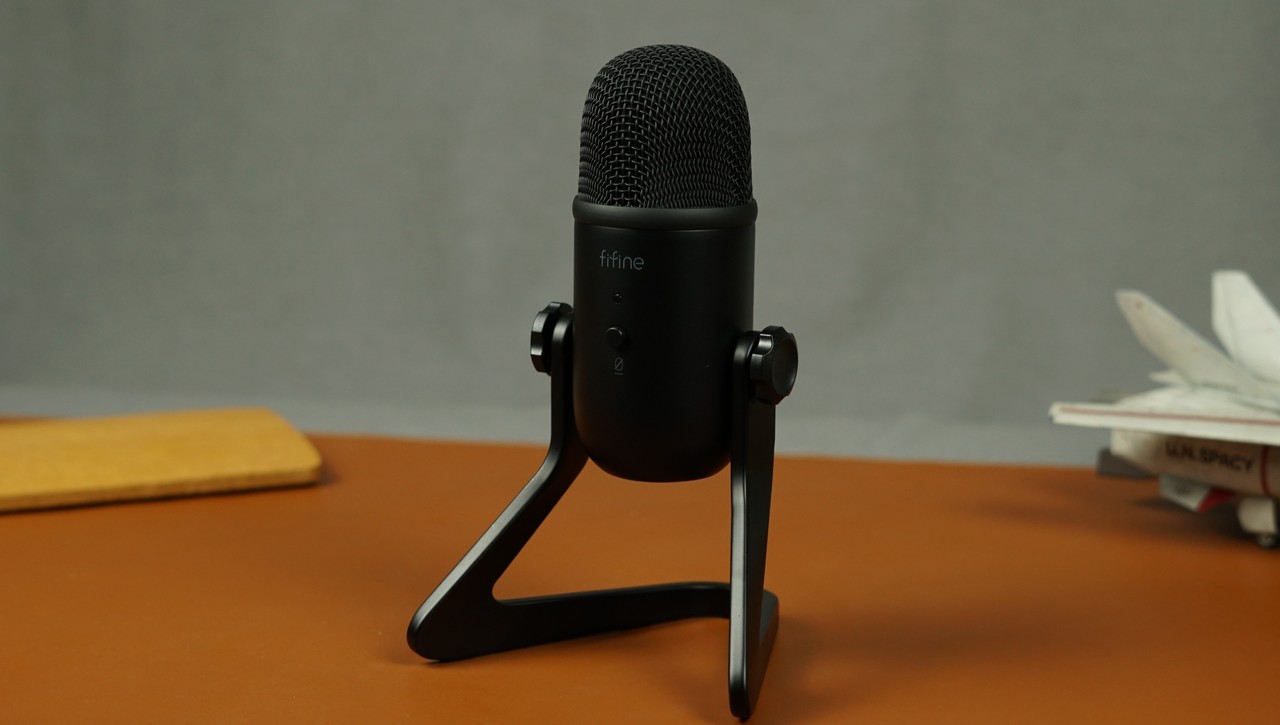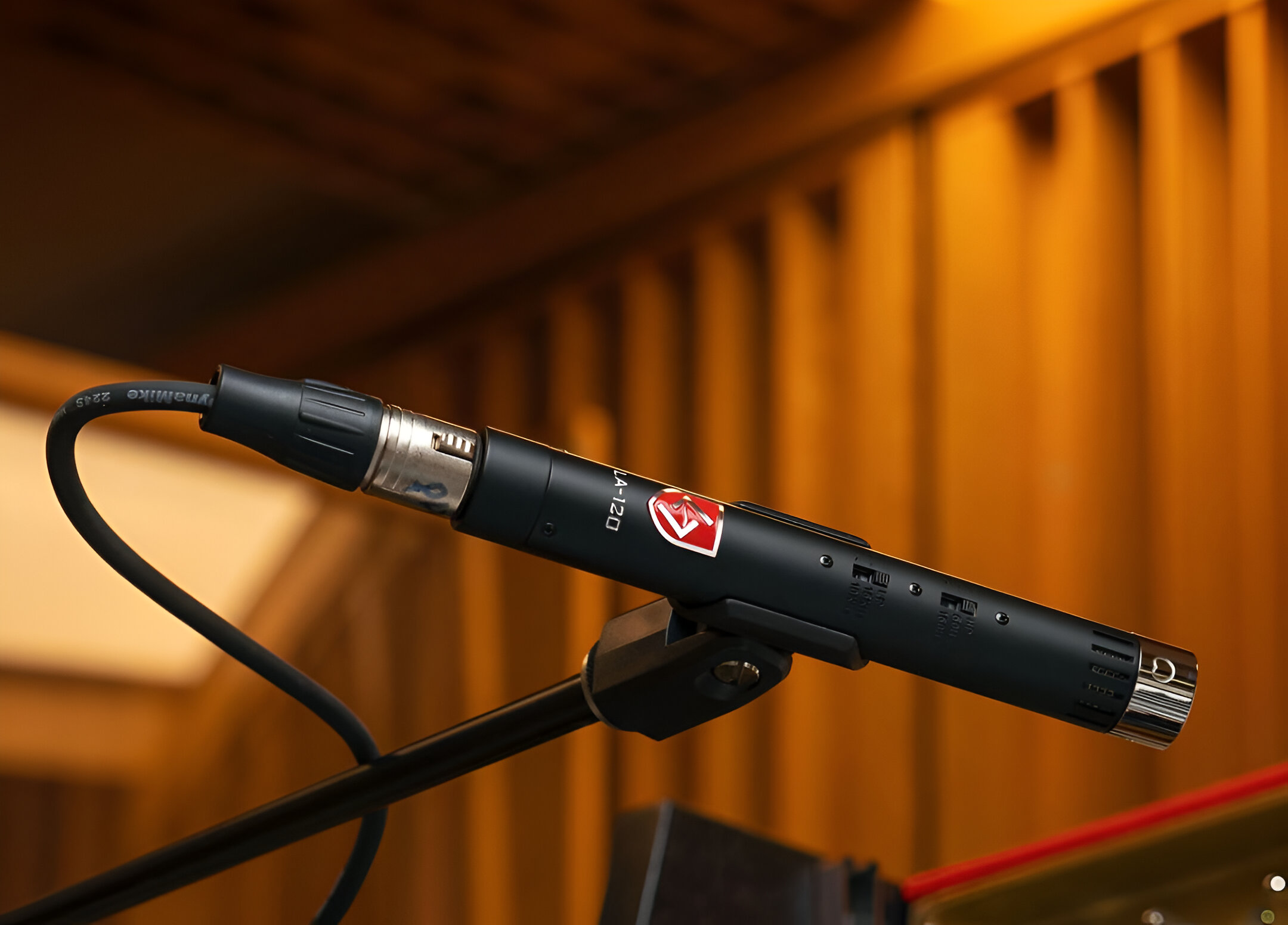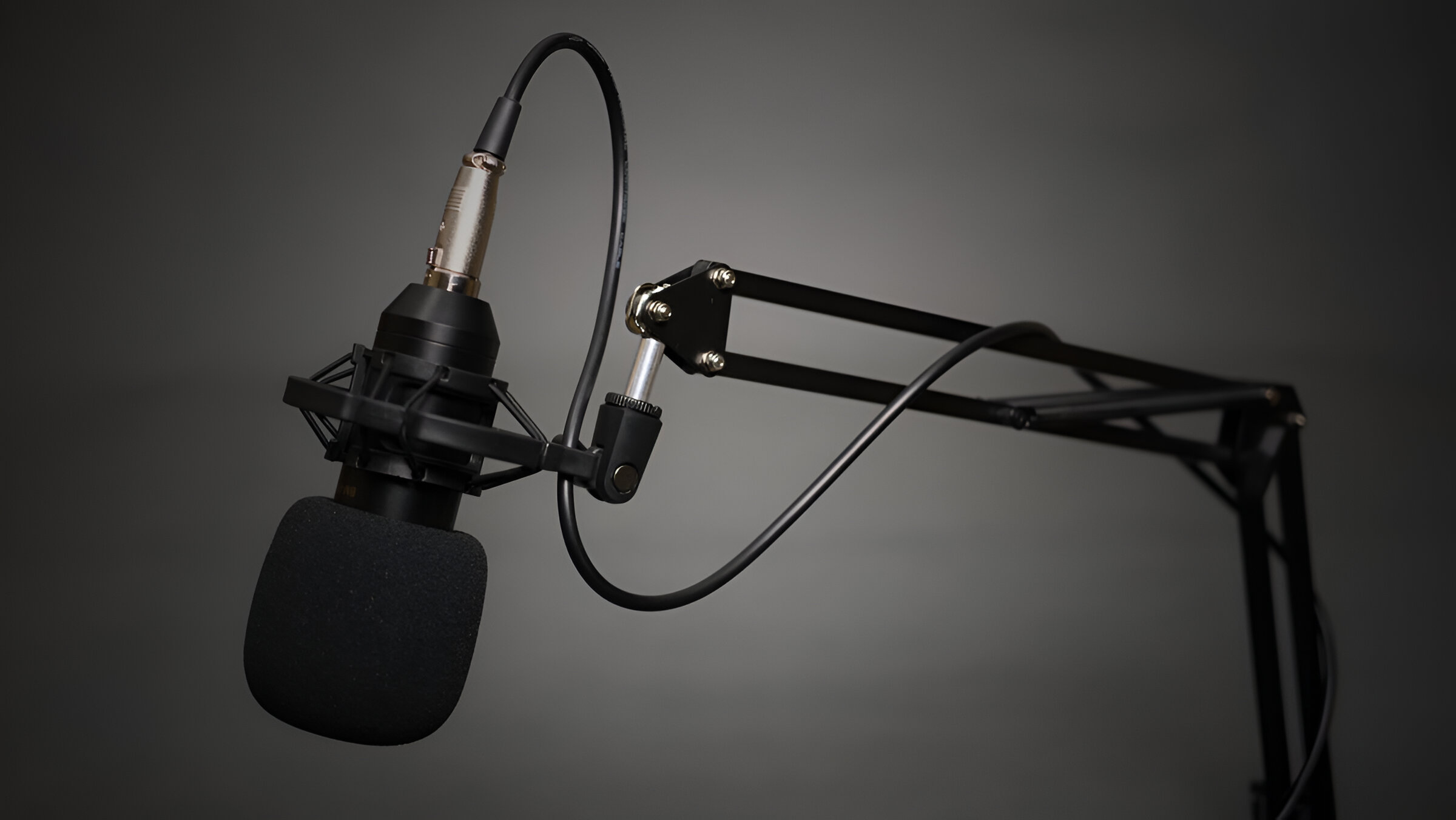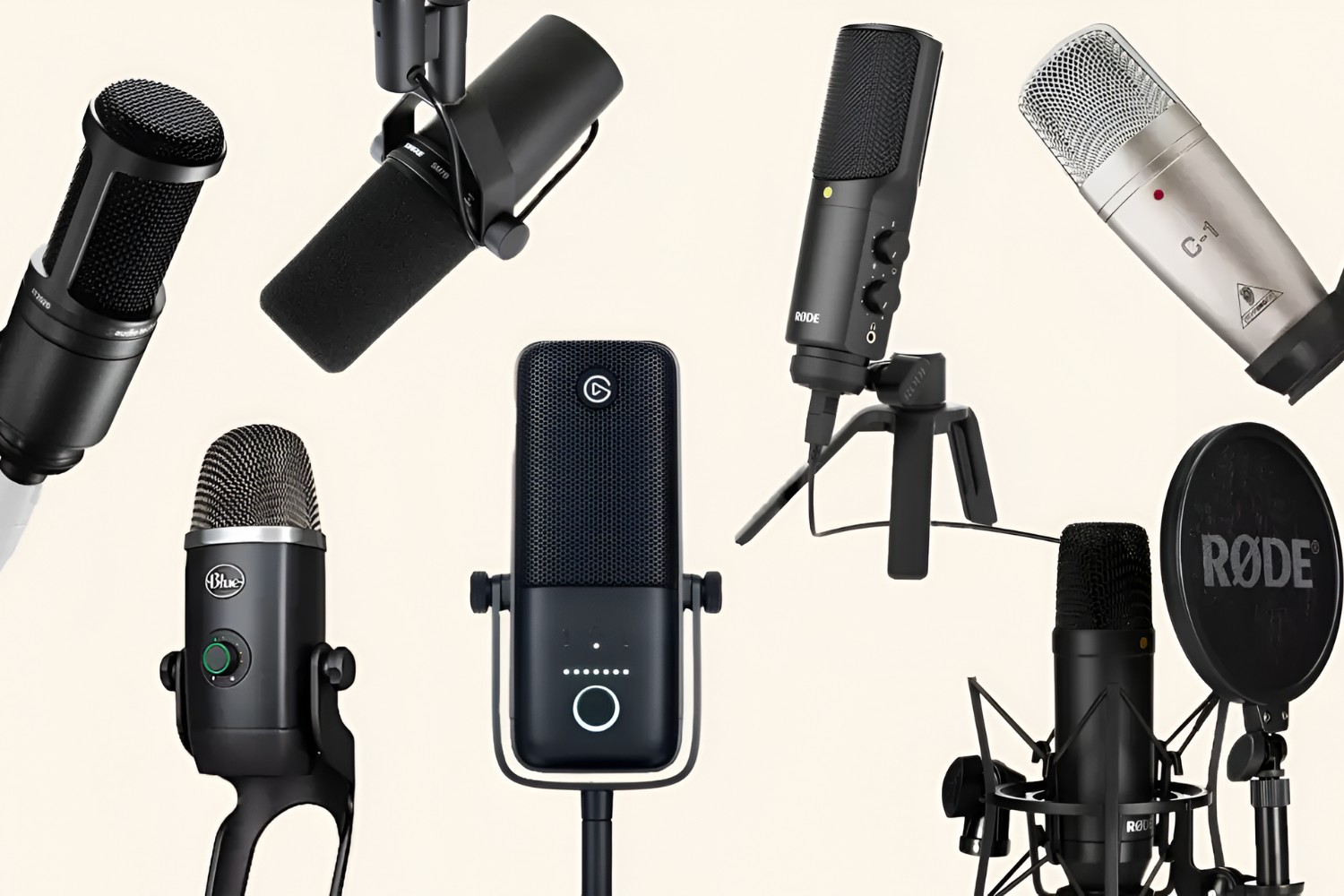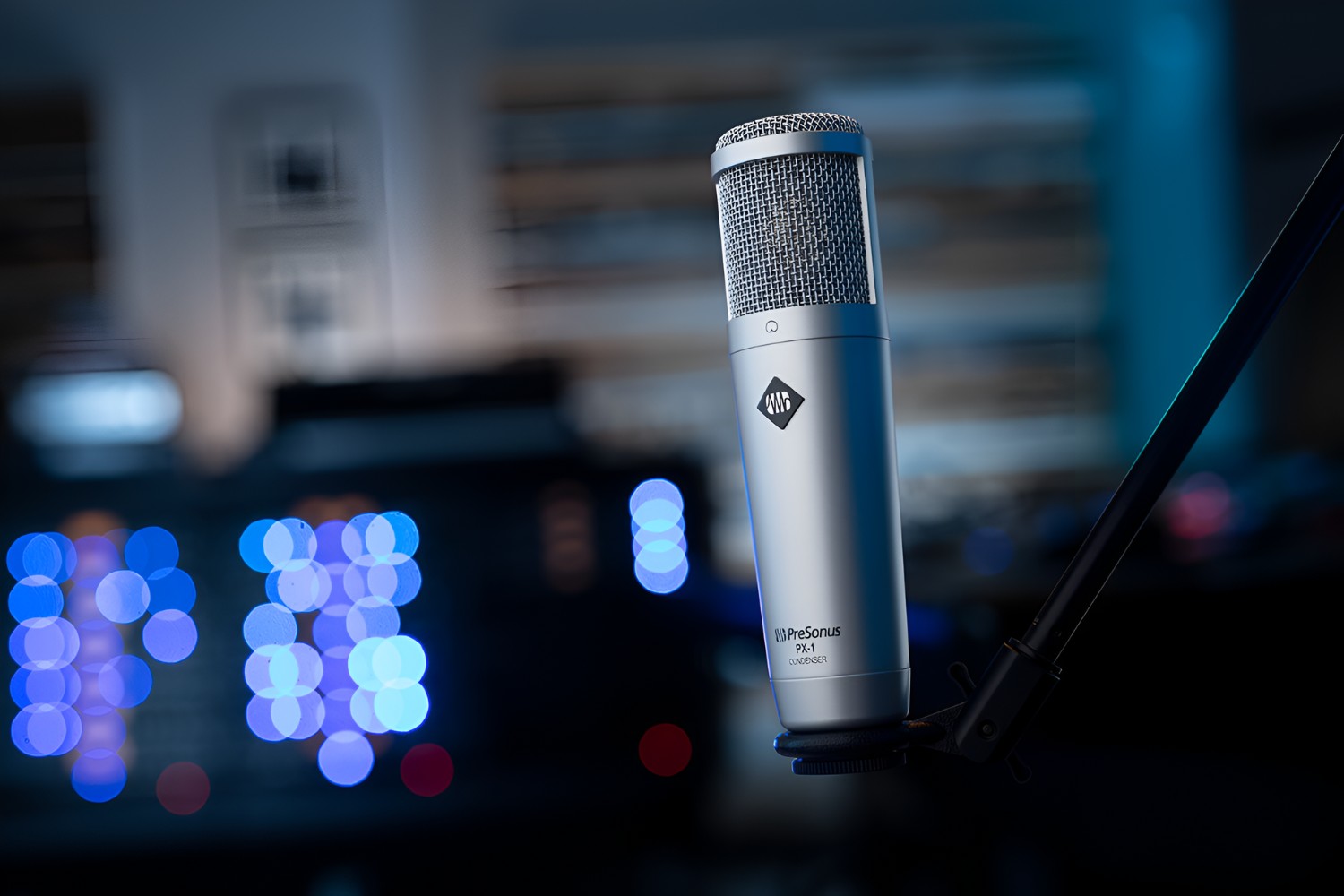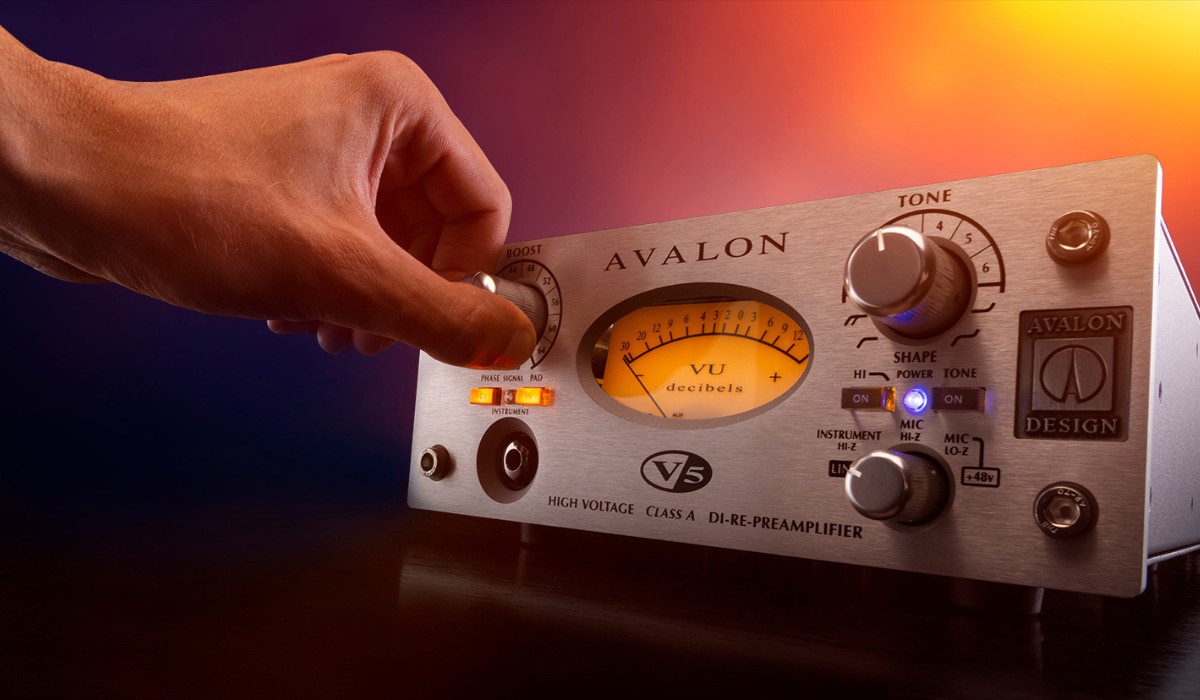Introduction
The world of theater is a captivating realm where storytelling comes to life through the fusion of acting, music, and stagecraft. However, the magic of theater can only be fully appreciated when every element, including sound, is meticulously orchestrated. Small diaphragm condenser microphones play a crucial role in ensuring that every whispered line, every melodic note, and every subtle sound effect resonates with the audience, creating an immersive and unforgettable experience.
In this article, we will delve into the fascinating realm of small diaphragm condenser microphones and explore their indispensable role in theater productions. From understanding their design and benefits to mastering their placement and usage, we will unravel the intricacies of incorporating these microphones into the theatrical landscape. Whether you are a seasoned theater professional or an aspiring enthusiast, this exploration will provide valuable insights into harnessing the power of small diaphragm condenser microphones to elevate theatrical performances to new heights.
As we embark on this journey, it is essential to grasp the essence of these remarkable audio devices and their significance in the realm of theater. Let's unravel the mysteries behind these tiny yet mighty instruments that have the power to amplify the magic of theater and enrich the auditory tapestry of the stage.
What is a Small Diaphragm Condenser Microphone?
A small diaphragm condenser microphone, often referred to as an SDC microphone, is a precision-engineered audio capture device designed to faithfully reproduce sound with exceptional clarity and detail. Unlike dynamic microphones, which are commonly used for live vocals and amplified instruments, condenser microphones are revered for their ability to capture subtle nuances and high-frequency transients, making them ideal for recording acoustic instruments, orchestral ensembles, and, notably, theatrical performances.
What sets small diaphragm condenser microphones apart is their diminutive yet highly sensitive diaphragms, typically measuring around half an inch in diameter. This compact diaphragm size enables these microphones to respond swiftly to sound waves, capturing intricate sonic details with remarkable precision. Additionally, small diaphragm condenser microphones operate on a principle of capacitance, where variations in sound pressure cause changes in the distance between the diaphragm and a charged backplate, resulting in the generation of an electrical signal that faithfully mirrors the incoming sound waves.
Furthermore, small diaphragm condenser microphones are renowned for their extended frequency response, enabling them to capture a broad spectrum of audio frequencies with exceptional accuracy. This characteristic makes them well-suited for capturing the delicate nuances of vocal performances, instrumental solos, and ambient sounds within the theatrical environment.
Moreover, these microphones are often designed with interchangeable capsules, allowing for versatile recording configurations to accommodate different sound sources and performance spaces. Whether capturing the nuanced inflections of a solo performer or the harmonious interplay of an ensemble, small diaphragm condenser microphones offer a flexible and precise means of capturing the sonic tapestry of theatrical productions.
Benefits of Using Small Diaphragm Condenser Microphones in Theater
Small diaphragm condenser microphones are revered for their myriad advantages when employed in theatrical settings, enriching the auditory landscape and enhancing the overall production quality. These benefits extend beyond their compact size, encompassing their exceptional sonic fidelity, versatility, and seamless integration into the theatrical environment.
1. Exceptional Clarity and Detail: Small diaphragm condenser microphones excel in capturing the intricate nuances of theatrical performances, from the subtlest whispers to the most resonant musical crescendos. Their sensitive diaphragms and extended frequency response ensure that every vocal expression, musical note, and ambient sound is faithfully reproduced with exceptional clarity and detail, effectively immersing the audience in the sonic tapestry of the production.
2. Precise Sound Reproduction: These microphones exhibit a remarkable ability to faithfully reproduce the natural timbre and dynamics of live performances, preserving the authenticity of vocal and instrumental expressions without coloration or distortion. This precision is essential for conveying the emotional depth and subtleties inherent in theatrical performances, fostering a profound connection between the performers and the audience.
3. Versatile Application: Small diaphragm condenser microphones offer versatile recording configurations, allowing for seamless adaptation to diverse theatrical scenarios. Whether capturing the delicate nuances of solo performances, amplifying ensemble vocals, or accentuating the immersive ambience of the stage, these microphones provide a flexible and reliable solution for a wide array of theatrical sound reinforcement needs.
4. Unobtrusive Design: The compact and unobtrusive nature of small diaphragm condenser microphones makes them well-suited for discreet placement within the theatrical space, ensuring minimal visual impact while effectively capturing the essence of the performance. Their unobtrusive presence allows for seamless integration into the stage design, preserving the aesthetic integrity of the production.
5. Seamless Integration: Small diaphragm condenser microphones seamlessly integrate with existing sound reinforcement systems, offering compatibility with a range of audio interfaces and mixing consoles commonly employed in theatrical productions. This compatibility facilitates streamlined setup and operation, allowing for efficient incorporation of these microphones into the broader audio infrastructure of the theater.
By harnessing the exceptional sonic fidelity, versatility, and unobtrusive design of small diaphragm condenser microphones, theater productions can elevate their auditory impact and deliver captivating experiences that resonate with audiences long after the final curtain call.
Placement of Small Diaphragm Condenser Microphones in Theater
The strategic placement of small diaphragm condenser microphones within the theatrical environment is pivotal in capturing the full spectrum of sound with precision and balance. Whether amplifying the spoken dialogue, accentuating musical performances, or capturing ambient sounds, the placement of these microphones plays a crucial role in achieving optimal audio reinforcement without encroaching upon the visual aesthetics of the production.
1. Overhead Positioning: Small diaphragm condenser microphones are often positioned overhead to capture the expansive sonic panorama of the stage. When used to amplify orchestral performances, choral ensembles, or ambient soundscapes, these microphones are strategically suspended above the stage to capture the nuanced interplay of instrumental and vocal expressions, providing a comprehensive sonic representation of the performance space.
2. Boundary Mounting: In theatrical settings where discreet microphone placement is essential, small diaphragm condenser microphones can be mounted on boundaries such as walls, floors, or set pieces. This placement technique allows for unobtrusive yet effective capture of sound, particularly in scenarios where vocal or instrumental performances necessitate minimal visual obstruction and seamless integration with the stage design.
3. Instrumental and Vocal Miking: For solo performances or ensemble presentations involving live instrumentation and vocals, small diaphragm condenser microphones are strategically positioned to capture the nuances of individual instruments and vocalists. From miking acoustic instruments such as violins, flutes, or pianos to capturing the emotive vocal delivery of performers, precise placement of these microphones ensures that every sonic detail is faithfully captured and projected to the audience.
4. Ambient Sound Capture: The immersive ambience of theatrical productions is often enriched by capturing ambient sounds, such as footsteps, environmental effects, or natural reverberations within the performance space. Small diaphragm condenser microphones, strategically placed at key vantage points, effectively capture these ambient nuances, contributing to the overall sensory experience and spatial immersion of the audience.
5. Concealed Placement: In scenarios where visual aesthetics are paramount, small diaphragm condenser microphones can be discreetly concealed within set pieces, props, or stage elements to capture sound while remaining virtually invisible to the audience. This concealed placement technique ensures that the microphones seamlessly integrate into the stage design, preserving the theatrical illusion without compromising audio capture quality.
By thoughtfully considering the unique sonic requirements of each theatrical production, and leveraging the diverse placement options available, small diaphragm condenser microphones can be strategically positioned to capture the multidimensional sonic landscape of the stage, enriching the auditory experience for performers and audiences alike.
Tips for Using Small Diaphragm Condenser Microphones in Theater
Utilizing small diaphragm condenser microphones in theater productions requires a nuanced approach to achieve optimal audio capture and reinforcement. By adhering to best practices and leveraging practical tips, theater professionals can harness the full potential of these microphones, elevating the sonic quality and immersive impact of the performance.
1. Selecting Appropriate Microphone Models: When choosing small diaphragm condenser microphones for theatrical applications, consider the specific sonic characteristics and frequency response of each model. Select microphones that align with the sonic requirements of the production, whether it involves capturing delicate vocal performances, amplifying orchestral ensembles, or capturing ambient sounds within the performance space.
2. Conducting Sound Checks and Rehearsals: Prior to the live performance, allocate time for comprehensive sound checks and rehearsals to fine-tune the placement and settings of the small diaphragm condenser microphones. This allows for meticulous adjustment of microphone positioning, gain levels, and equalization to achieve balanced and natural sound reinforcement that complements the artistic vision of the production.
3. Implementing Wind Protection: In outdoor or open-air theatrical productions, where wind noise can affect microphone performance, utilize appropriate wind protection accessories such as foam windscreens or blimps. These accessories mitigate the impact of wind interference, ensuring that the small diaphragm condenser microphones capture pristine sound without being compromised by environmental factors.
4. Employing Shock Mounts and Isolation: To minimize the transmission of handling noise and mechanical vibrations, utilize shock mounts or isolation devices when mounting small diaphragm condenser microphones. This mitigates the impact of physical disturbances, preserving the purity of the captured sound and enhancing the overall clarity and fidelity of the theatrical audio reinforcement.
5. Adhering to Phantom Power Requirements: Small diaphragm condenser microphones necessitate phantom power for their operation. Ensure that the audio interface, mixer, or preamplifier supplying phantom power complies with the voltage requirements specified by the microphone manufacturer. Adhering to the correct phantom power specifications is essential for optimal microphone performance and longevity.
6. Monitoring and Feedback Prevention: Implement robust monitoring systems to facilitate real-time assessment of the microphone signals during the performance. Additionally, employ feedback suppression techniques, such as strategic microphone placement, notch filtering, and sound system optimization, to prevent disruptive feedback and ensure seamless integration of small diaphragm condenser microphones into the theatrical audio environment.
By integrating these tips into the utilization of small diaphragm condenser microphones, theater professionals can harness the full potential of these audio capture devices, enriching the sonic landscape of theatrical productions and delivering captivating auditory experiences to audiences.
Conclusion
Small diaphragm condenser microphones stand as indispensable tools in the realm of theater, enriching the auditory fabric of performances with their exceptional sonic fidelity, versatile application, and unobtrusive design. From capturing the delicate nuances of vocal performances to amplifying the resonant melodies of orchestral ensembles, these microphones play a pivotal role in elevating the sonic quality and immersive impact of theatrical productions.
By understanding the nuanced design and benefits of small diaphragm condenser microphones, theater professionals can leverage their exceptional clarity, precise sound reproduction, and seamless integration to craft captivating auditory experiences that resonate with audiences. Thoughtful placement techniques, coupled with practical tips for microphone usage, empower theater practitioners to harness the full potential of these microphones, capturing the multidimensional sonic landscape of the stage with finesse and artistry.
As the curtains rise and the performers take the stage, the sonic tapestry woven by small diaphragm condenser microphones intertwines with the visual spectacle, creating a harmonious union of sight and sound that captivates the senses. The meticulous capture of whispered dialogues, stirring musical interludes, and ambient reverberations culminates in an immersive auditory journey, enveloping audiences in the enchanting world of theater.
With their unyielding commitment to sonic excellence and their ability to faithfully reproduce the emotive essence of live performances, small diaphragm condenser microphones continue to be revered as essential allies in the pursuit of sonic artistry within the theatrical domain. Their legacy as catalysts for elevating the auditory allure of theater endures, resonating with each nuanced inflection, each melodic crescendo, and each whispered revelation that graces the stage.
Embracing the artistry of small diaphragm condenser microphones in theater is not merely an endeavor in sound reinforcement; it is a testament to the enduring pursuit of sonic perfection and the unwavering commitment to crafting immersive, unforgettable experiences that transcend the confines of the stage, resonating in the hearts and minds of audiences long after the final curtain falls.









